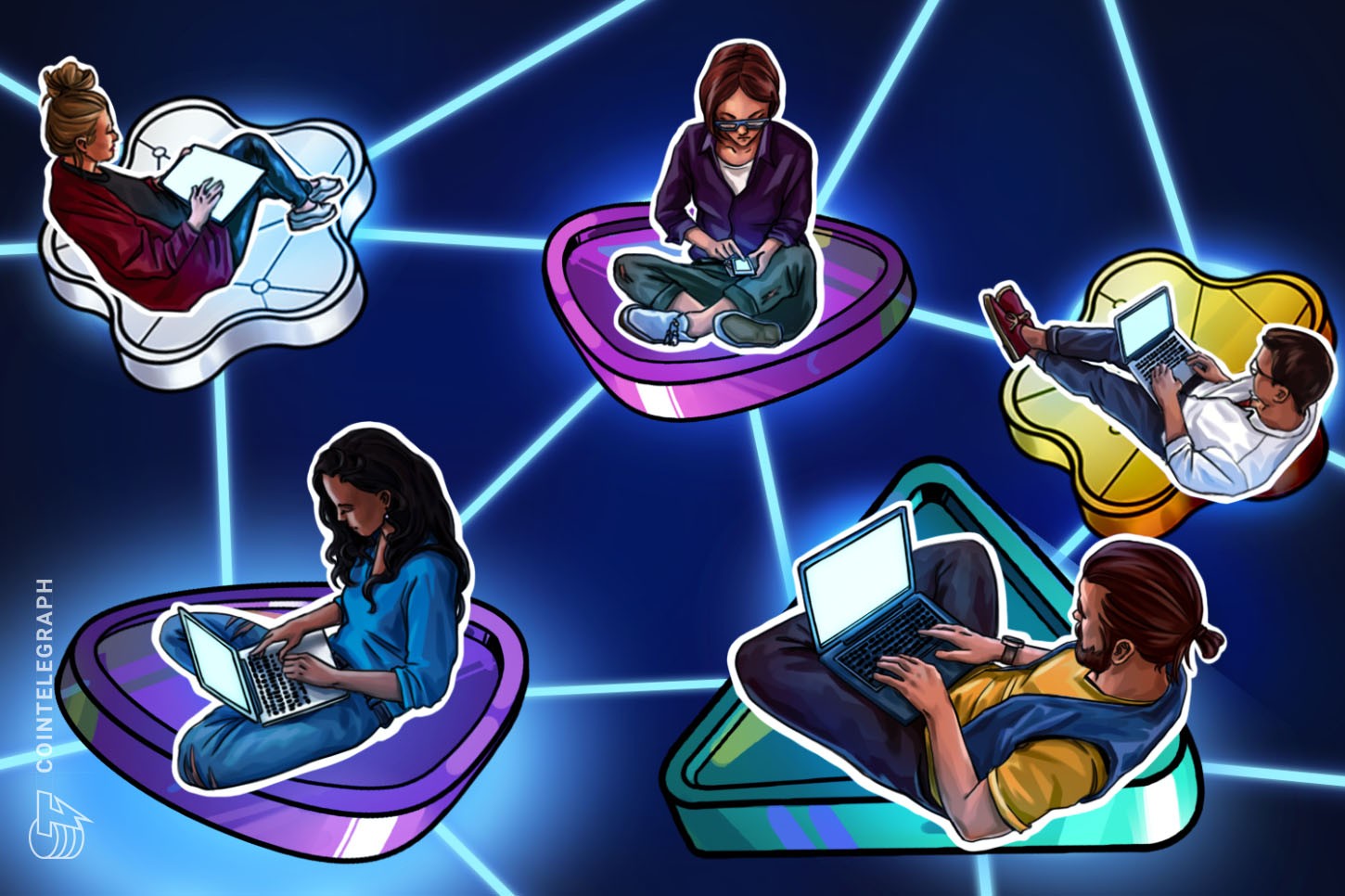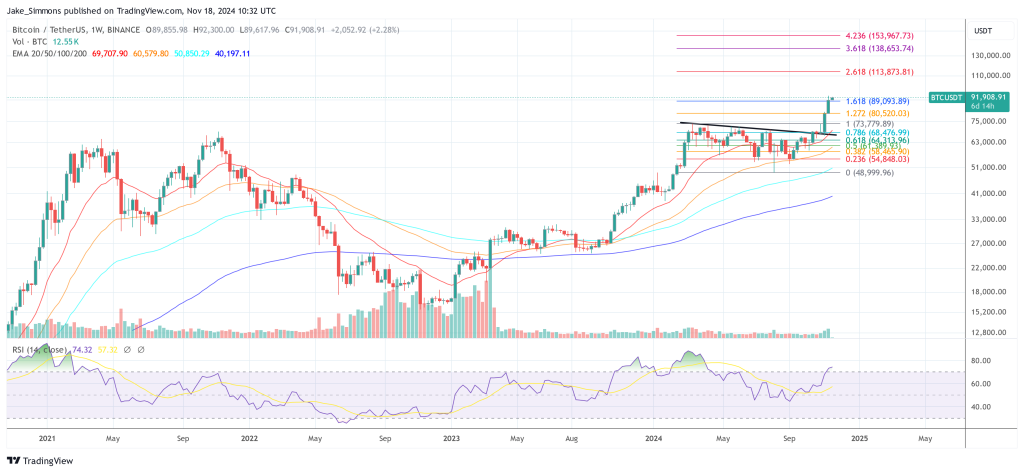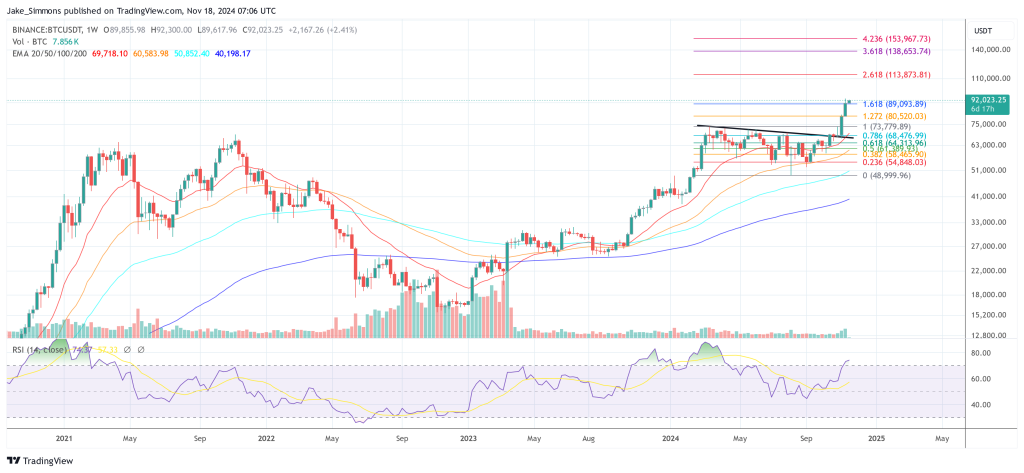
While Web3 is gaining adoption and scaling in enterprises, its productization at scale has several barriers.
Web3 has the potential to drive an equitable and decentralized internet. It can also drive exponential business models and unlock new revenue streams for enterprises. While Web3 is gaining adoption and scaling in enterprises, its productization at scale has several barriers. Many enterprises view Web3 as a nuance they must come to terms with, while others view it as innovative and disruptive. Layer-1 blockchains consider it a solution to everything in the world and the media considers it a hype of a lifetime.
There is some hype and truth in each perception. Observed reality indicates that enterprise-grade productization has been hard with rudimentary use cases being experimented with and pure Web3 protocols and companies failing to understand the enterprise rhythm. The bottlenecks are attributed more to issues with Web3 which have not made it easy to drive adoption and many have taken the view that Web3 will rip and replace Web2 — a fallacy.
The bigger opportunity for Web3 lies in the enterprises but multiple barriers must be addressed.
Interoperability
In real life, Web3 is most effective when it becomes domain-specific, use-case-specific or even industry-specific. A generic protocol must have scale (e.g., Ethereum, Polygon, etc.). Without scale, one must have the focus to succeed. It is difficult for layer-1 protocols to overcome the “cold start” problem and drive network effects, especially those that are not EVM (Ethereum Virtual Machine) compatible.
These can create more barriers by increasing the cost of developer acquisitions and creating a higher security risk while not offering existing network effects to enterprises. There are also added security risks from bridges between blockchains that should be accounted for. A lack of EVM compatibility could result in higher engineering, product and deployment costs while also impeding scale.
Generic protocols have their perils. They are broad enough to not be considered innovative and may not appeal to enterprises looking for specific solutions to their problems. Generic products may not gain adoption or scale, limiting the network effects and value accrued to the protocol — ultimately impeding valuation and growth.
The system integrator effect
For driving enterprise adoption, systems integrators play a key role in adoption. Systems integration (SI) is a science and requires an understanding of various enterprise systems, the hooks, interfaces and business processes that run their business today. Systems integrator adoption has also provided the scope and scale to the adoption and scale of any new technology (e.g., cloud computing, SaaS-based applications, ERPs, etc.) and blockchain/Web3 is unlikely to deviate from this. System integrators also provide the required network effect on the enterprise side.
Join the community where you can transform the future. Cointelegraph Innovation Circle brings blockchain technology leaders together to connect, collaborate and publish. Apply today
Many layer-1 blockchains have commissioned their own SI practices or offer professional services. This creates a competitive posture with the SIs who are a potent channel to resell and drive enterprise adoption. Enterprises typically go to their preferred and trusted SIs due to their knowledge of the environment and would rarely take a chance on a protocol builder implementing their own solution that adds operational risks. Web3 companies must enable the SI ecosystem to enable adoption. They could augment the SI on an as-needed basis like most enterprise software vendors.
Operationalization challenges for enterprises
Web3 will create value when it solves real enterprise problems and is not stuck in the proof-of-concept sandboxes or lab environments. This transition from sandbox to production varies from weeks to even years depending on the enterprise, the use cases, budgets and priorities. The majority of the time, the inability to migrate from sandboxes to live environments is caused by the lack of integrations and connectors to existing Web2 systems.
Layer-1 protocols are raw. It is like offering TCP/IP to an enterprise and asking them to build the internet. One must make this easy for them. Operationalizing Web3 products is not smooth due to a lack of clearly defined endpoints, missing integrations, L1 protocols seeking gas fees to be paid in their native tokens (enterprises must sign up to have crypto on their balance sheets), lack of APIs and lack of in-house talent. A lack of these components creates a lot of friction and costs for enterprises to boot up real-time use cases and an inability to justify a clear ROI.
Talent issues
There is an acute shortage of quality and quantity of Web3 developers, according to Electric Capital’s report, there are only 23,343 monthly developers in Web3 as of December 2022. The imbalance between business builders, deep engineers, dApp creators, product managers and UX professionals must be balanced and hit a critical mass before Web3 can be productized at scale.
Mathematicians and cryptographers do not necessarily make good Web3 engineers. Good Web3 engineers are not necessarily good product managers who are able to commercialize complex Web3 products. Many Web3 founders have not sold and delivered to the enterprise and hence entail a steep learning curve on how to position the protocol, use product management as a discipline, understand network effects, create a scalable sales engine for the enterprise customers or do effective marketing. A migration of Web2 developers to Web3 or creator tools that help people straddle both worlds will help set the stage for mass adoption.
Concluding thoughts
Web3 has gained significant adoption across several sectors within enterprises. The momentum is stronger and adoption appears to center on well-defined use cases regarding layer-1 blockchain protocols. Enterprises must remember security and network effects and consider EVM-compatible chains. They can embrace low-code and/or no-code platforms with connectors to reduce dependencies on complex programming languages and shortage of talent.
Until regulatory clarity comes into play, enterprises are unlikely to pay gas fees by procuring cryptocurrencies and will prefer payment in fiat currencies and are likely to adopt protocols that integrate with existing systems. When Web3 focuses on working with Web2, we are more likely to see accelerated adoption. Companies that are focused on adoption instead of replacing Web2 are the future.
Nitin Kumar is a growth CEO and co-founder at zblocks. He is a recognized leader, author, former consulting partner and VC investor.
This article was published through Cointelegraph Innovation Circle, a vetted organization of senior executives and experts in the blockchain technology industry who are building the future through the power of connections, collaboration and thought leadership. Opinions expressed do not necessarily reflect those of Cointelegraph.
Learn more about Cointelegraph Innovation Circle and see if you qualify to join

You can get bonuses upto $100 FREE BONUS when you:
💰 Install these recommended apps:
💲 SocialGood - 100% Crypto Back on Everyday Shopping
💲 xPortal - The DeFi For The Next Billion
💲 CryptoTab Browser - Lightweight, fast, and ready to mine!
💰 Register on these recommended exchanges:
🟡 Binance🟡 Bitfinex🟡 Bitmart🟡 Bittrex🟡 Bitget
🟡 CoinEx🟡 Crypto.com🟡 Gate.io🟡 Huobi🟡 Kucoin.
















Comments